Sustainable Interior Design: Creating Eco-Friendly and Stylish Spaces
Sustainable interior design is an innovative approach that prioritises environmental responsibility, energy efficiency, and the use of sustainable materials to create stylish yet eco-conscious living spaces. With an increasing emphasis on reducing carbon footprints and promoting healthier indoor environments, homeowners and businesses alike are seeking ways to incorporate sustainable practices into their interiors.
In this guide, we explore the key principles of sustainable interior design, materials to consider, energy-efficient solutions, and practical tips to make your home or office more environmentally friendly without compromising on style.
Why Sustainable Interior Design Matters
1. Reduces Environmental Impact
By using responsibly sourced materials and eco-friendly design techniques, sustainable interiors help to conserve natural resources and reduce pollution.
2. Promotes Healthier Living
Sustainable design focuses on non-toxic materials and improved air quality, creating healthier indoor environments for occupants.
3. Enhances Energy Efficiency
Incorporating energy-efficient lighting, insulation, and appliances can significantly reduce energy consumption and lower utility bills.
4. Long-Term Cost Savings
Investing in sustainable materials and energy-efficient solutions leads to lower maintenance and operational costs in the long run.
5. Supports Ethical Manufacturing
Choosing furniture and decor from ethical brands ensures fair labour practices and responsible sourcing of materials.
Key Elements of Sustainable Interior Design
1. Eco-Friendly Materials
Opting for sustainable materials reduces waste and environmental degradation. Some excellent choices include:
Bamboo – A fast-growing, renewable resource perfect for flooring and furniture.
Reclaimed Wood – Adds character to interiors while reducing deforestation.
Recycled Metal and Glass – Provides a modern touch while minimising environmental impact.
Low VOC Paints and Finishes – Improves indoor air quality by reducing harmful emissions.
2. Energy-Efficient Solutions
Improving energy efficiency in your interior design reduces environmental strain and lowers costs. Consider:
LED Lighting – Uses up to 75% less energy than traditional bulbs.
Smart Thermostats – Regulate heating and cooling efficiently.
Energy-Efficient Windows – Enhance insulation and reduce heat loss.
Solar Panels – Provide renewable energy and reduce reliance on fossil fuels.
3. Sustainable Furniture and Decor
Selecting furniture made from recycled, upcycled, or responsibly sourced materials ensures ethical production and durability. Look for:
FSC-Certified Wood – Ensures timber is harvested sustainably.
Vintage and Second-Hand Furniture – Reduces waste while adding unique character.
Organic Fabrics – Cotton, hemp, and linen offer eco-friendly upholstery options.
Modular and Multi-Functional Furniture – Extends usability and reduces consumption.
4. Water Conservation Measures
Implementing water-saving fixtures and appliances reduces waste and promotes sustainability. Recommended options include:
Low-Flow Toilets and Faucets – Use significantly less water than standard models.
Rainwater Collection Systems – Reuse water for gardening and non-potable purposes.
Water-Efficient Appliances – Such as dishwashers and washing machines with eco-modes.
5. Indoor Plants for Air Quality
Plants naturally purify the air, improving indoor environments. Popular air-purifying plants include:
Spider Plant – Removes toxins such as carbon monoxide and formaldehyde.
Aloe Vera – Absorbs pollutants while offering medicinal benefits.
Peace Lily – Helps reduce indoor air pollution.
Snake Plant – Converts carbon dioxide into oxygen, even at night.
Sustainable Interior Design Tips for Every Room
1. Eco-Friendly Kitchens
Use recycled or reclaimed wood for cabinetry.
Opt for energy-efficient appliances.
Install composting systems to reduce food waste.
2. Sustainable Bathrooms
Choose water-saving fixtures and low-flow showerheads.
Use eco-friendly tiles made from recycled materials.
Incorporate biodegradable cleaning products.
3. Green Living Rooms
Invest in second-hand or sustainably produced furniture.
Use eco-friendly textiles, such as organic cotton or wool.
Incorporate natural light with energy-efficient window treatments.
4. Sustainable Bedrooms
Select mattresses made from organic or recycled materials.
Use non-toxic, chemical-free paints and finishes.
Opt for energy-efficient heating and cooling systems.
5. Home Offices with Sustainability in Mind
Choose furniture made from sustainable wood or recycled materials.
Use energy-efficient LED desk lamps.
Incorporate plants to improve air quality and reduce stress.
Future Trends in Sustainable Interior Design
1. Biophilic Design
Integrating nature into interiors, such as living walls and natural lighting, enhances wellbeing and sustainability.
2. Circular Design Approach
A focus on reusability and recyclability of materials ensures minimal waste and environmental impact.
3. Smart Home Technology
Automated systems that control lighting, heating, and appliances help optimise energy use.
4. Locally Sourced Materials
Reducing transportation emissions by sourcing materials locally is becoming a priority for designers.
5. Minimalist and Zero-Waste Design
A ‘less is more’ approach encourages mindful consumption and reduces unnecessary waste.
Frequently Asked Questions (FAQs)
1. What are the best eco-friendly materials for interiors?
Sustainable materials like bamboo, reclaimed wood, recycled metal, and organic textiles are excellent choices.
2. How can I make my home more energy-efficient?
Use LED lighting, smart thermostats, energy-efficient appliances, and high-quality insulation.
3. Is sustainable interior design more expensive?
While some eco-friendly options may have higher initial costs, they often lead to long-term savings on energy and maintenance.
4. How can I create a zero-waste home?
Opt for second-hand furniture, invest in reusable products, and prioritise recyclable materials.
5. What is biophilic design?
Biophilic design integrates natural elements like plants, water features, and natural light into interiors to enhance well-being and sustainability.
6. Can I achieve a sustainable design on a budget?
Yes! Simple changes such as using LED bulbs, repurposing furniture, and incorporating natural materials can make a significant impact without breaking the bank.
Conclusion
Sustainable interior design combines style, functionality, and environmental responsibility to create spaces that benefit both homeowners and the planet. Whether you’re redesigning a single room or an entire home, incorporating eco-friendly materials, energy-efficient solutions, and ethical design choices can transform your space into a healthier, greener environment.
If you're ready to make your interiors more sustainable, Saksons Interiors can help you implement eco-conscious solutions tailored to your needs. Contact us today to start your journey towards a greener home!
